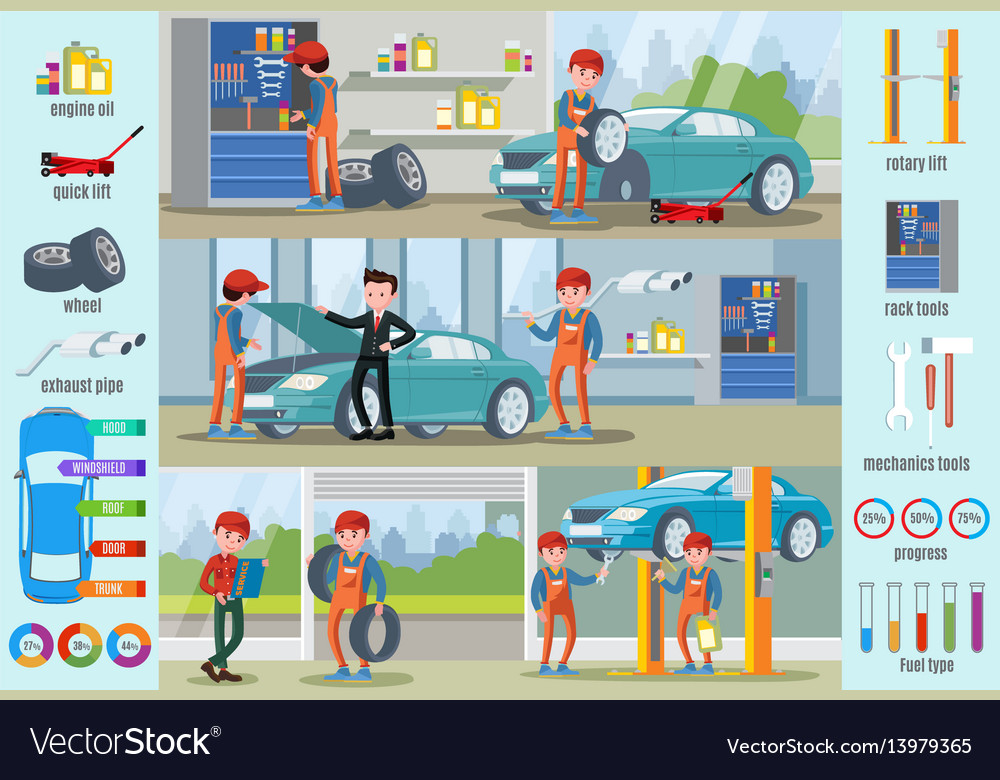Brake System Insights: Regular Issues And Efficient Repair Techniques
Brake System Insights: Regular Issues And Efficient Repair Techniques
Blog Article
Write-Up Composed By-Jansen Murray
When it pertains to your vehicle's brake system, understanding typical concerns can conserve you from prospective safety risks. From recognizing brake pad wear to resolving brake fluid leakages, knowing just how to tackle these problems is essential. However what concerning those spongy brake pedals? There's a fix for that too. Remain tuned to find out more about these concerns and the practical services that can keep you safely on the road.
Brake Pad Use and Substitute
When it comes to maintaining your automobile's brake system, one critical facet to watch on is the wear and substitute of brake pads. Brake pads are necessary components that push versus the brake blades to reduce or quit your vehicle. Gradually, https://dailyvoice.com/new-york/ulster-sullivan/police-fire/suspect-nabbed-after-two-vehicles-stolen-from-auto-shop-in-saugerties/838624/ wear down due to friction, requiring regular evaluation and substitute to guarantee your brakes function efficiently.
To establish if https://oilchangecost40627.blog-kids.com/31377751/tips-for-winterizing-your-vehicle-preparing-for-cold-weather-driving require replacement, pay attention for shrieking or grinding noises when you apply the brakes. Additionally, if your automobile takes longer to quit or you observe vibrations or pulsations when braking, it might be time to change the brake pads.
Disregarding worn brake pads can result in reduced braking efficiency, damage to other brake elements, and even brake failure.
Replacing brake pads is a reasonably uncomplicated procedure for numerous automobiles. Nonetheless, if you're uncertain or uncomfortable executing this task, it's finest to consult a specialist technician to make sure correct installation and optimal brake efficiency.
Frequently inspecting and changing Recommended Reading is important for your safety and the durability of your automobile's braking system.
Brake Fluid Leaks and Upkeep
To ensure your vehicle's brake system functions optimally, it's important to also pay attention to brake fluid leaks and maintenance. Brake liquid is critical for transferring the force from your foot on the brake pedal to the real braking device. One typical issue with brake fluid is leaks, which can take place because of deteriorated brake lines, seals, or connections. If you discover a puddle or trickles under your vehicle, it's essential to deal with the leakage promptly to avoid a potential brake failing.
Consistently checking your brake fluid degree is key to preserving your brake system. Reduced brake fluid can result in air entering the brake lines, which endangers braking performance.
Additionally, old or polluted brake liquid can influence the overall efficiency of your brakes. It's suggested to comply with the manufacturer's standards on when to transform the brake liquid, usually every 2 years.
Spongy Brake Pedal: Bleeding Brakes
If you have actually ever experienced a squishy brake pedal while driving, you recognize the importance of keeping a firm and responsive stopping system. One common reason for a mushy brake pedal is air caught in the brake lines. When air goes into the brake system, it can result in a loss of hydraulic pressure, leading to that unsettling squishy feeling when you push the brake pedal.
To fix https://waylonpkexr.smblogsites.com/31188662/delve-into-the-world-of-auto-repair-technology-to-disclose-the-game-changing-developments-that-are-transforming-the-sector , bleeding the brakes is essential. Bleeding the brakes entails eliminating the air from the brake lines to bring back correct hydraulic stress.
To hemorrhage the brakes, you'll need an assistant to aid you. Beginning by finding the brake bleeder valve on each wheel, usually found near the brake caliper. With a wrench, loosen the valve and have your assistant press the brake pedal while you observe any type of air bubbles appearing. Repeat this process for each wheel, beginning with the wheel farthest from the master cylinder and relocating more detailed.
As soon as you no longer see air bubbles and just clear liquid arises, tighten the shutoff and top up the brake fluid tank as needed. Bleeding the brakes aids make sure a company brake pedal and boosts overall stopping efficiency.
Final thought
Now that you recognize usual brake problems and exactly how to fix them, you can guarantee your car's security and efficiency. Keep in mind to pay attention for warning signs like shrieking sounds or spongy brake pedals, and resolve them promptly. Regular upkeep and prompt substitutes are key to keeping your brakes in top condition. Keep proactive and alert to your brake system to delight in safe and reputable driving experiences.
